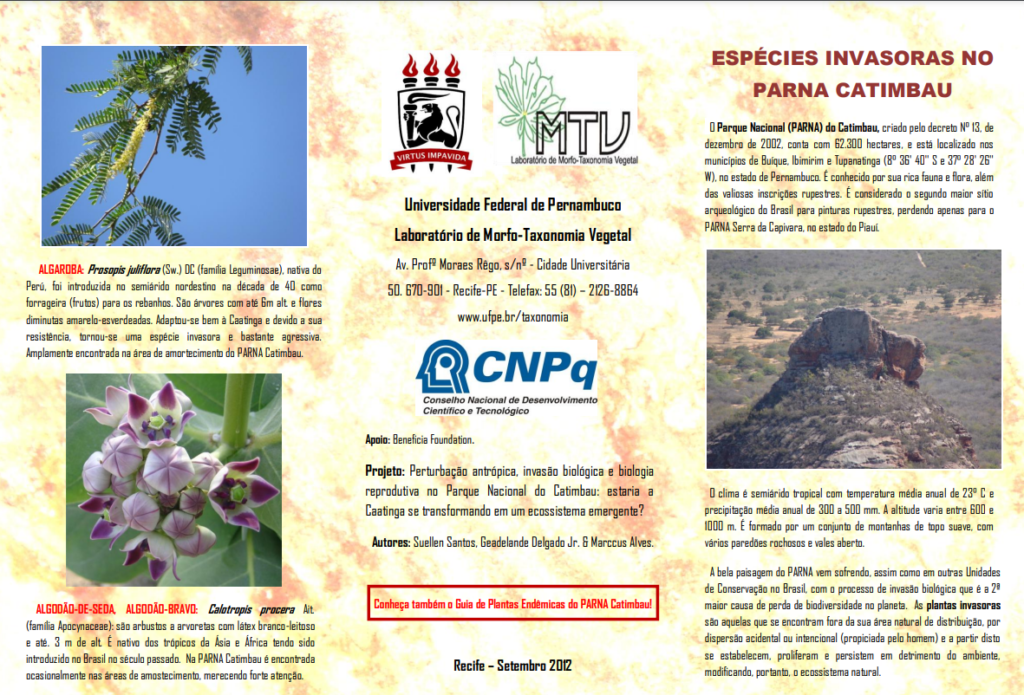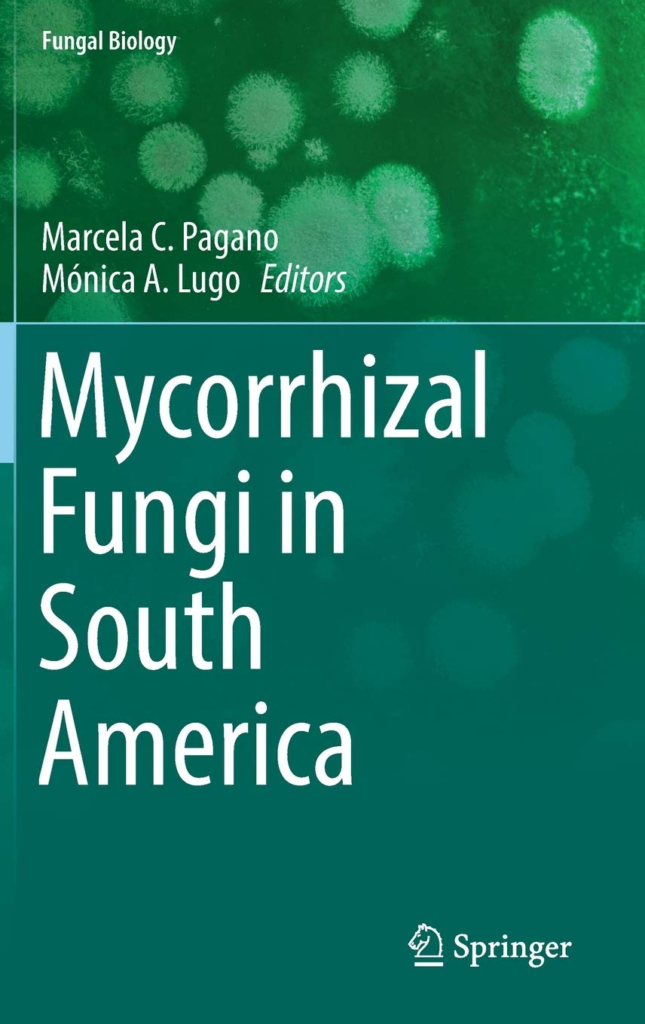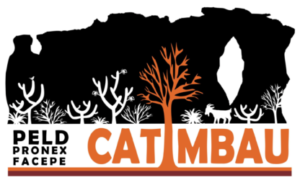Pesquisa FAPESP 266
15. Fivorante, C – A corrosão da Caatinga
Revista Ciência & Cultura: Edição especial Caatinga
Tabarelli, M. & Leal, I – Apresentação
12. Albuquerque, U.P; Melo, F.P.L. – Socioecologia da Caatinga
10. Fernandes, M.F; Queiroz, L.P. – Vegetação e flora da Caatinga
7. Marinho et al 2018 – Checklist of arbuscular mycorrhizal fungi in tropical forests. Sydowia


































